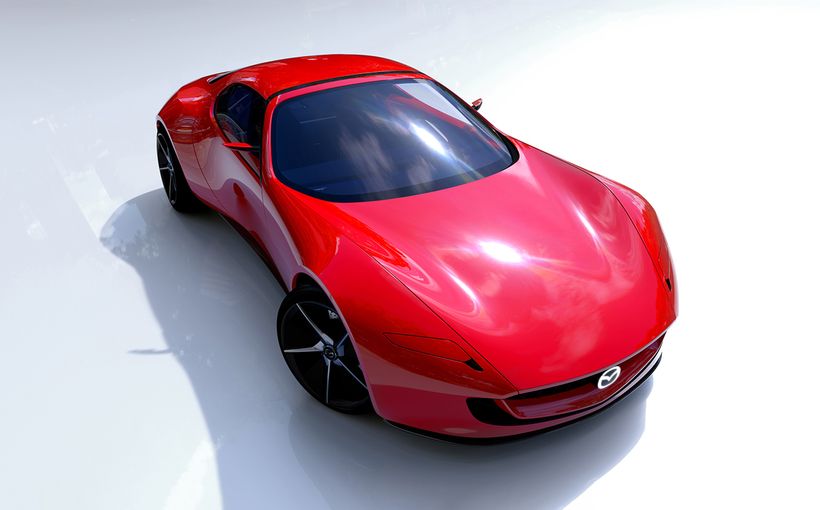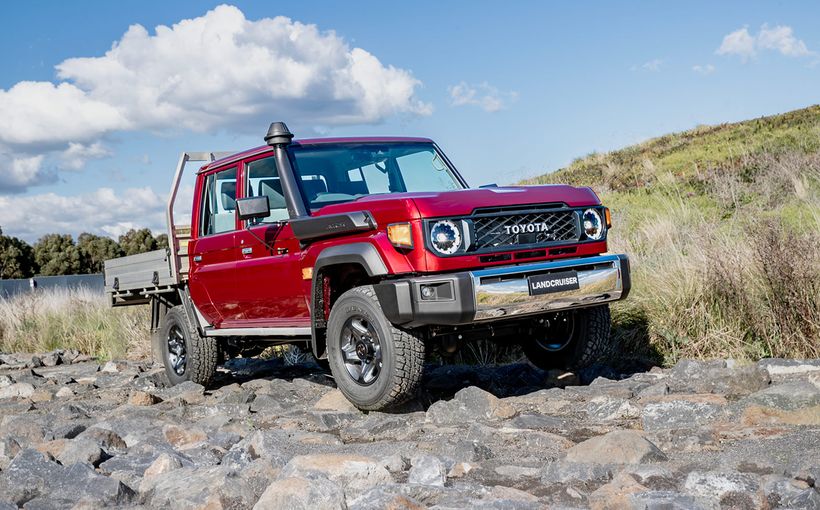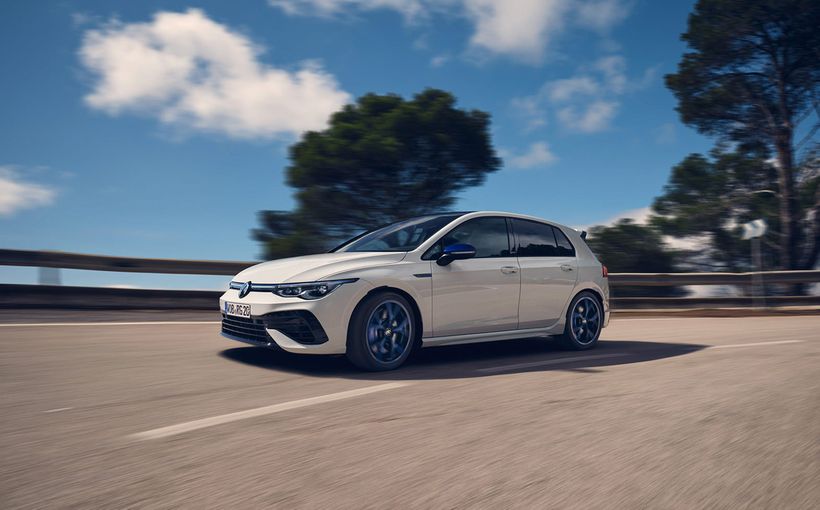Enabled Tasman means Kia can take on one-tonne ute market
BY PETER BARNWELL & MATT CAMPBELL
AFTER years of umming and ahhring, Kia Australia has committed to bringing a one-tonne ute to Australia to compete with the country’s top selling vehicles.
But it won’t be next year or the year after as Kia is in the process of thoroughly refining what’s being referred to as the Tasman ute.
Head office in Korea is involved of course, but so too is the Aussie arm of Kia which has access to some of the best vehicle calibration engineers around.
The company was one of the first importers to engage local chassis engineers more than a decade ago to tailor their cars to suit local driving conditions. The results were spectacular transforming rather underdone econoboxes into cars that were fun and comfortable to drive.

That has been extrapolated onto the Tasman ute which is likely to arrive some time in 2026 according to Kia Australia.
The Tasman will be Kia’s first ever ute though they did offer a small tray back truck a long time ago. Work has already begun on the ute range, with local engineers and executives working towards getting the ute ready for launch.
Kia Australia’s general manager of product planning and training, Roland Rivero, confirmed that the company’s local arm is already deep in the process of making the ute the right fit for the local market, while also ensuring it meets the needs of buyers in similar ute-mad markets like South Africa.
It is likely the dual-cab ute will leverage existing components and powertrains as a means of controlling costs and therefore price.
Power is speculated to be from Kia’s 2.2-litre turbo diesel four cylinder with an eight-speed auto transmission and constant 4WD with high and low range. A 4x2 is also on the cards and it is also possible Kia will have a hybrid petrol/electric model in the line-up as that seems to be the way one-tonne utes are trending along with fully electric models of which only one is available currently in Australia.

“There’s a substantial amount of work being done,” said Mr Rivero. “A lot of work is being done, and a lot of work has already been done to, as much as possible, influence the development of this model.
“We’ve had visitors from Namyang getting acquainted with our market, our dealers, and a few media people as well. And, basically, bolstering their understanding of what our market requires and needs by way of a ute.
“When you’re involved this far out, Australia’s role is being seen as a very important one,” he said, before elaborating on the notion that while Aussies have specific needs and wants, there are other markets that have similar requirements and conditions.
“They see commonalities with what Australia requires and how that will flow through to, say, the Middle East, to other parts of the world, South Africa. There are typically similar aspects of what is expected.”
As expected, the Korean manufacturer, which wants to sell up to 22,000 Tasmans a year in Australia (10 per cent of the ute market), is benchmarking the new Ford Ranger and VW Amarok in preparing its entrant into the red hot one-tonne ute segment. It would certainly be looking at the competition but is putting a focus on new generation models, not old.

“If you dissect the market, you look at who are the main benchmarks – and that has evolved – obviously the last couple of years, when we were starting this conversation there wasn’t an all-new Ranger, that’s come along, and so has Amarok,” he said.
“It is critical that the R&D team understand who the main benchmarks were, their features, towing capacities, payloads, body styles.
“Even though we’ve already got Ranger and Amarok, they were, for example, rated under 2022 ANCAP protocols, so we’re well aware of what’s to come,” he said, in terms of safety requirements and fleet expectations in the years to come.
“And we’re also well aware of how long the common life of a light commercial vehicle is – it has to … be suitable for our market,” he said, when referring to the expected seven-year warranty cover and expected toughness and reliability dual-cab ute buyers have come to demand.
“We’re very adamant we need to look at the entirety of the segment, the entirety of the category, and prepare to target for the main part of it,” said Mr Rivero.

Kia Australia has called on the services of highly regarded ride and handling engineer, Graeme Gambold, for guidance on Tasman’s set-up. He said the new ute is still in the process of development, so nothing has been signed off as yet.
“It’s not different to any other new R&D project. While it’s evolving, it’s also flexible – concrete doesn’t set until you go to production, and that’s a fair way off,” he said.
“So, even though there’s a huge amount of work that has been done – I was up at the research centre last week – and it’s a huge focus for a lot of the engineers up there to get it right.
“It’ll evolve, and if there are changes in certain technologies or there are certain directions… there’s a very big focus on making sure it’s very suitable for this market,” he said.

Mr Gambold said Kia has a history of ladder chassis vehicles in its heritage models – some of the early SUVs and four-wheel drives in the Kia range, in particular, not to mention the K2900 cab-chassis light truck – were built on sturdy ladder-chassis, body-on-frame underpinnings, and that history has made the job a bit easier for the Kia team to get their collective heads around.
“We’ve done work with vehicles up there, and it’s a pretty known technology. You look back in the Kia range, and ladder frame vehicles are what they grew from. So, it’s not a completely new idea, like EVs are or something like that,” said Mr Gambold.
“So, there’s a lot of pre-existing knowledge within the R&D centre on how to build a light-commercial vehicle platform.”
Mr Gambold said the new ute will not make use of “an existing platform”, though the brand is “building on the company knowledge” of ladder-frame setups.

Protect your Classic. Call Shannons Insurance on 13 46 46 to get a quote today.









